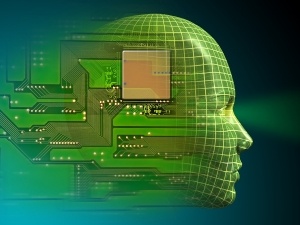
by Michael Egnor [1]
Evolution News and Views [1]
Excerpts:
Over the past half-century, Artificial Intelligence has been all the rage among computer scientists, and among many other scientists and philosophers and the general public. Can machines think? Is it possible that a computer could have intentions and desires and understanding of its own?
Many otherwise well-informed people have taken it for granted that machines are capable of thought, particularly if a substantial level of complexity is reached. Several philosophers and scientists have argued that AI is not possible — machines will never be capable of thought. They are right to deny the possibility of AI.
The arguments against AI are several. I believe the most convincing is the argument about representation and instantiation of universals. The argument presumes an Aristotelian perspective, although the specifics are clear and compelling without assuming more than the commonsense rudiments of Aristotle.
To see why a machine cannot think, consider the difference between universals and particulars. Particulars are specific things that exist in the world — a particular apple, or pencil, or person. Universals are concepts which do not exist as particulars, but are real in some sense. Love, mercy, and justice are universals. Thought is the perception of particulars and the contemplation of universals.
The difference between representation and instantiation of universals is key to understanding why machines cannot think.
Both particulars and universals can be represented in matter. I can take a photograph of an apple, and the apple is then represented on my camera’s memory card. I can write a love sonnet to my wife, and my love for my wife is represented in the sonnet on my hard drive.
It is in this sense that particulars and universals can be represented in computers. Specific arrays of electrons can represent apples and love and all sorts of things, according to the input and output of programmers and users of the machine.
But representations are not the thing itself. My photo of my apple or my sonnet to my wife are not my actual apple or my actual love for my wife. They are representations of my apple and my love — my apple and my love exist in some other way, but neither can meaningfully be said to be wholly in my computer.
Read the Full Article here [1].
